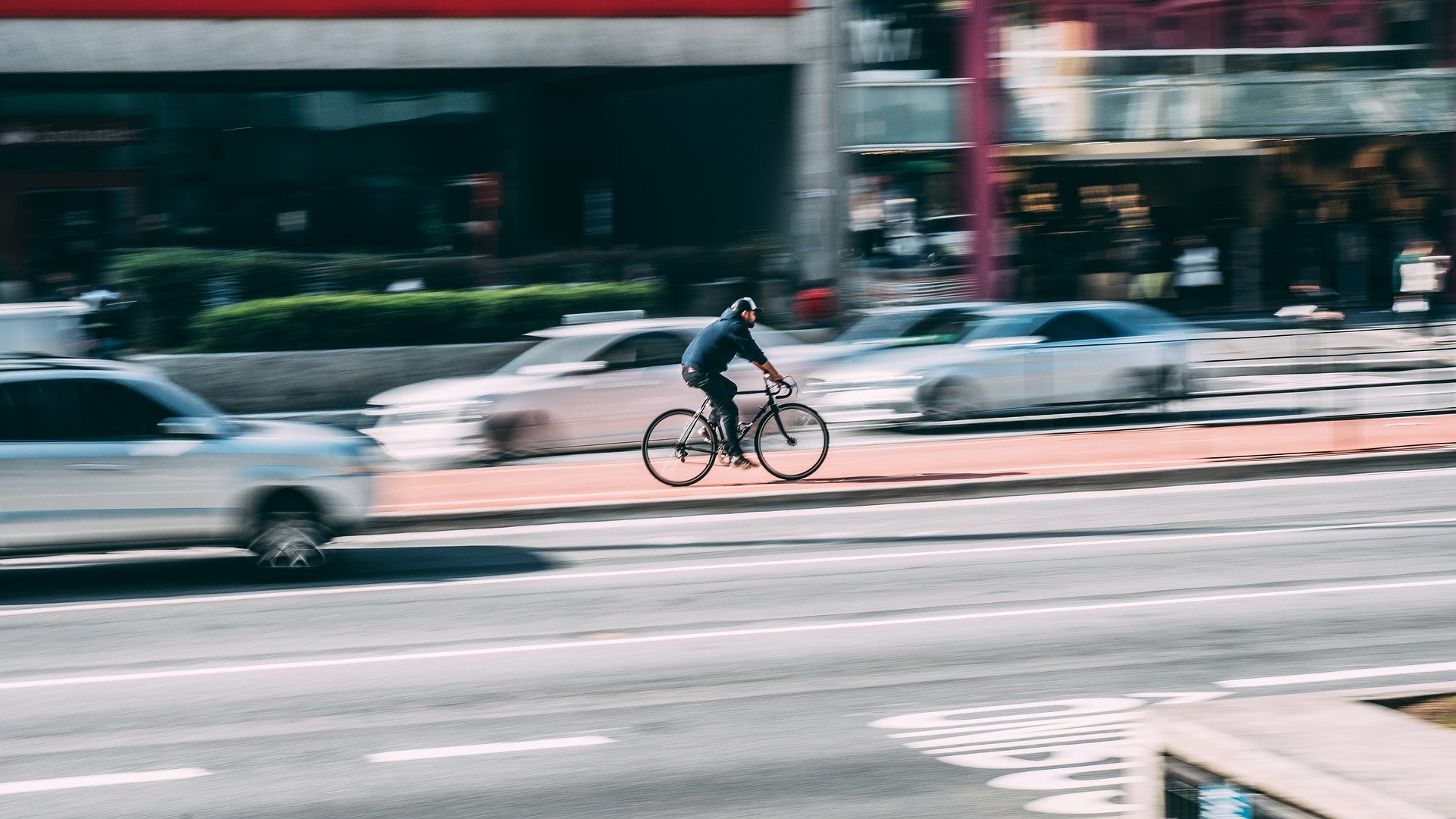
Left turn: left arm should be extended horizontal position straight from and level with the shoulder
Right turn: left arm should be extended upward or right arm extended upward
Slow down: left arm should be extended downward or right arm extended upward
The only dilemma is that composition is among the most vital documents in living of every student.
If you are traveling less than 35 mph, the signal should be given continuously for a distance of 50 feet before slowing down, stopping, turning or partly turning.
The signals must be made but do not have to be made continuously if both hands are needed to control the bike.
§ 46.2-849
When making a left turn at an intersection with traffic signs or signals, a cyclist may make the turn as a vehicle would, as a pedestrian would or by stopping and walking the bike through the crosswalks.
§ 46.2-847
If riding with other riders, you should not ride more than two by two. If you ride two by two, you should not impede traffic, and if being passed, you should move to single file.
§ 46.2-905
If you are riding your bike on a roadway you may not attach yourself to any other vehicle on the roadway.
§ 46.2-932
Where You May Ride
Virginia law allows you to ride your bicycle on sidewalks.
§ 46.2-903
But
A county, city or town may prohibit bikes from sidewalks or crosswalks, but they must post signs conspicuously in the general area where bikes are prohibited.
§ 46.2-904
If you ride your bike on a sidewalk, shared-use path, or across a roadway in the crosswalk, you must yield the right of way to any pedestrian, and you must given an audible signal before overtaking and passing a pedestrian.
§ 46.2-904
If you are riding your bike on a sidewalk, shared use path, or across a roadway in the crosswalk, you have the same rights and duties as a pedestrian.
§ 46.2-904
On a roadway you must ride as close as possible to the right curb or edge of the road, except: